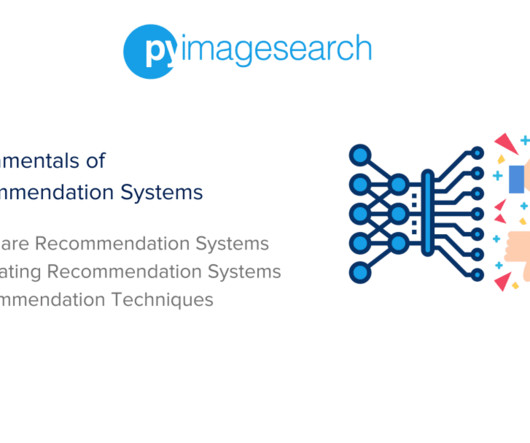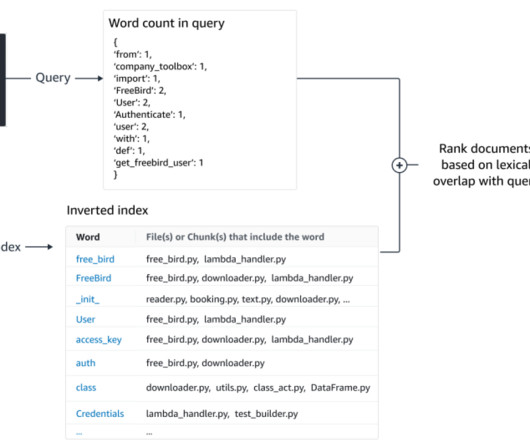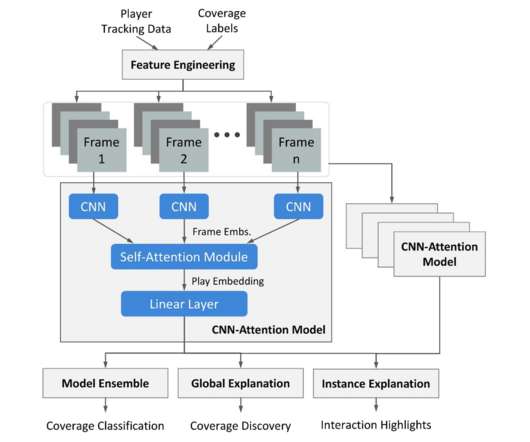From Pixels to Places: Harnessing Geospatial Data with Machine Learning.
Towards AI
APRIL 4, 2024
Created by the author with DALL E-3 Machine learning algorithms are the “cool kids” of the tech industry; everyone is talking about them as if they were the newest, greatest meme. Shall we unravel the true meaning of machine learning algorithms and their practicability?












Let's personalize your content